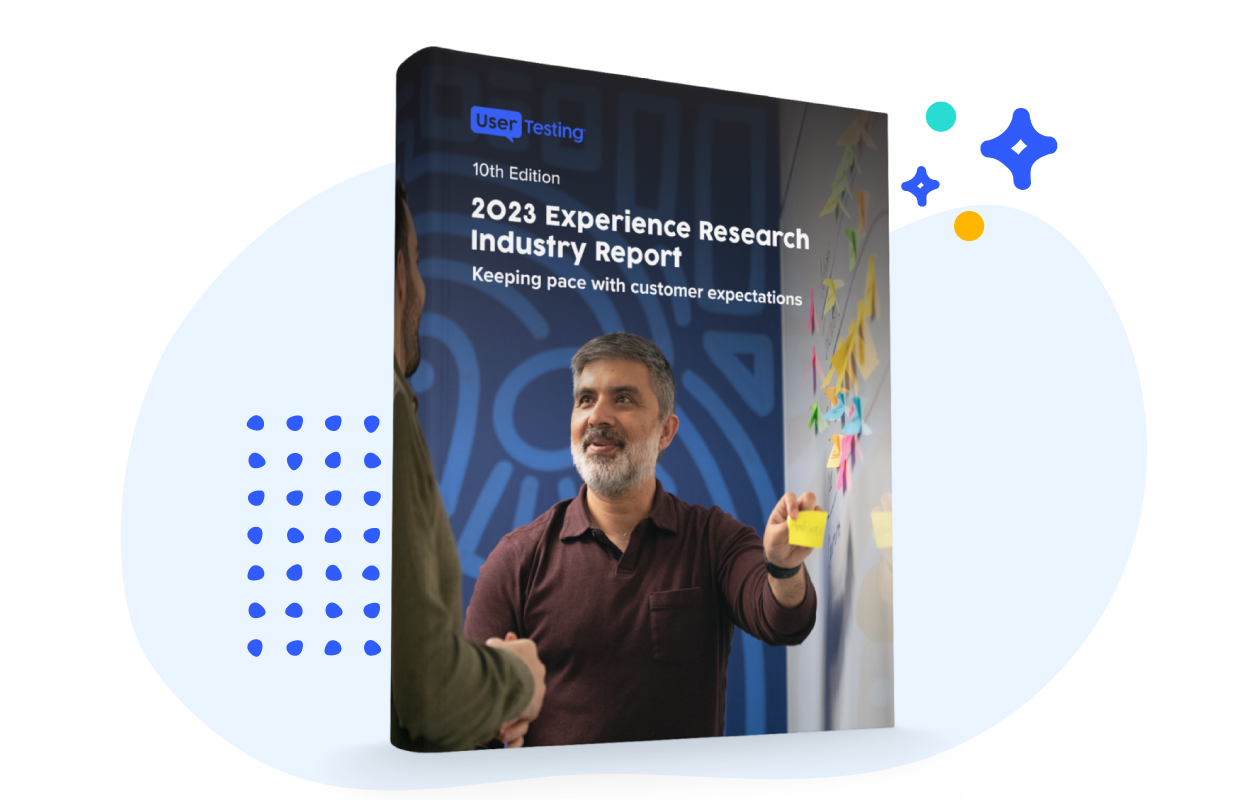
What are anti-personas and why are they important?

We’ve all heard of personas – the people who we expect to use our products and services. But can we always guarantee that our users are the people we’re actually targeting?
Here we’ll be exploring ‘anti-personas’ – including the various different types and why they’re more important than you think.
What are anti-personas?
Anti-personas are the people we do not want to use our products.
From vulnerable children using a parent’s phone, to the digital pirate stealing content – these are the user scenarios that UX designers are trying to prevent. In some cases, anti-personas don’t even realize they’re not your target audience and will actually insist otherwise and complain.
Designers create an anti-persona in the same way they would a normal persona. They use the same template and present the same research around their name, job, goals and lifestyle. The only difference is that the goal is to understand why our anti-personas use our product so that we can prevent it from happening.
There are three different types of anti-personas typically encountered each with their own reasons for warranting exclusion.
Scenario one: the reviewer
‘The reviewer’ is not your typical user and is certainly not one that designers aimed for. These users only use you only for your content. They never buy anything from you. If they do, they shout their discontent from the rooftops.
For example: say you’re a company that sells a special kind of mattress. These mattress types are specifically suited to a certain kind of person and ill-suited to others. Your company is the expert in this scenario and you should be guiding users on which one is right for them. The last thing you want is someone cranky from not sleeping leaving a review because you sold them a product they never should have purchased. You need to understand what you're doing, from a marketing perspective, so that you can avoid attracting these types of people.
Scenario 2: social media and the stalker
The internet allows us to share personal details from the comfort of our homes instantly. We can upload what we’re eating, our feelings, and locations. However, this convenience comes with risks, like personal content falling into the wrong hands, such as stalkers monitoring photos, comments, and locations.
To protect users, social media designs must prioritize privacy and security features, forming the foundation for all future updates.

Facebook prompts users to double-check their settings to keep their information private
Scenario 3: the pill organizer
Consider a pill organizer, a small device which allows users with a lot of medication to plan for a week, or month at a time.

One advantage for older users is that they’re easier to access than traditional medical bottles. But these users often have grandchildren and the medication can often looks like candy.
We as designers now face the challenge of allowing an adult into the box, while keeping children’s hands out. The consequences of a child accessing a month’s worth of medication at once doesn’t bear thinking about. So, we need to accommodate for both. We need to be able to keep children out of the box.
Why is it important to consider anti-personas?
Ignoring anti-personas can have severe consequences for our target users, our business, and even our anti-personas. Design teams that put an emphasis on customer experience can create safer organizations with better reviews.
Marketing your product in an honest way that tells prospects it may not be right for them is a valuable UX strategy. Users are more likely to trust a business that is open about their strengths and weaknesses rather than sketchy and misleading.
So treat your anti-personas just how you would your personas; be specific, review them regularly and design for their needs! Because an anti-persona may not know why the product wasn’t right for them, but they will know how to tell the world about their bad experiences with your product.






